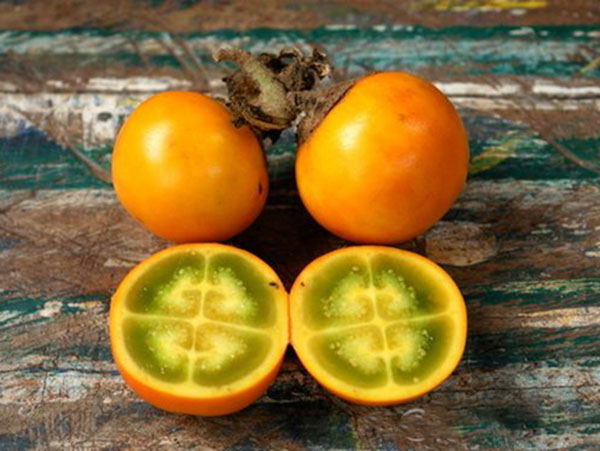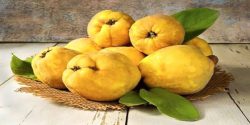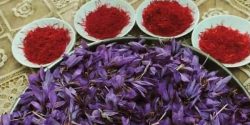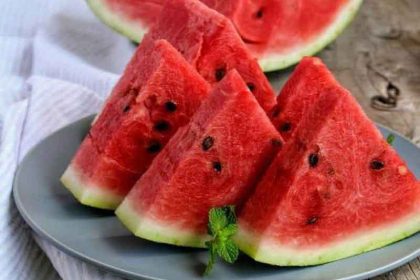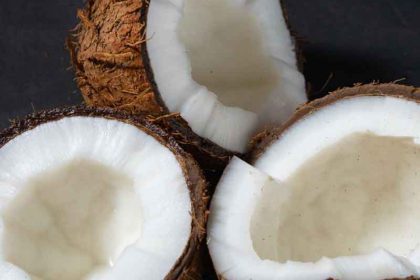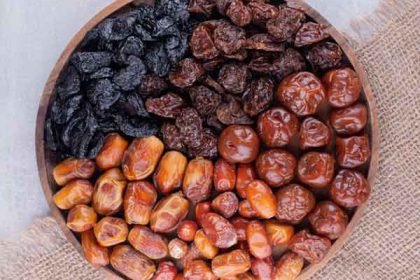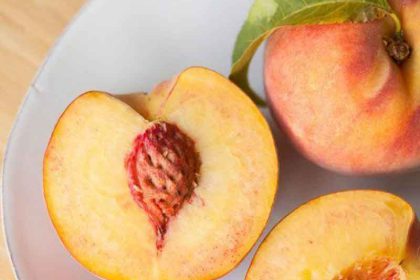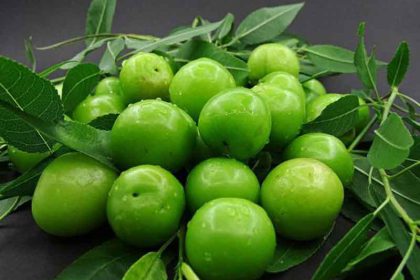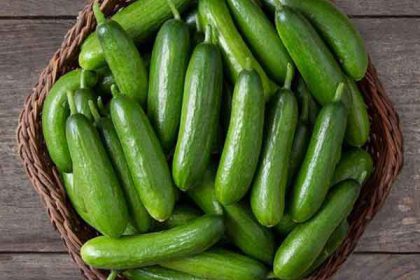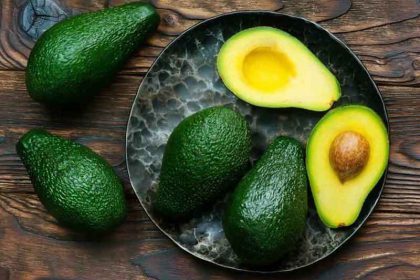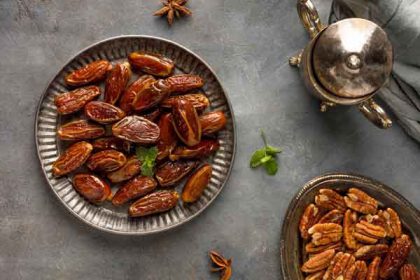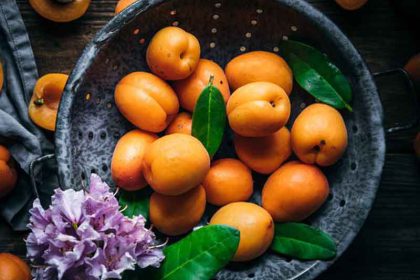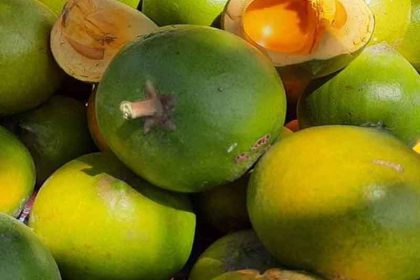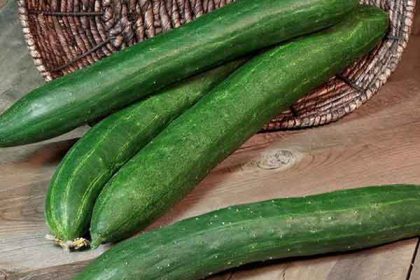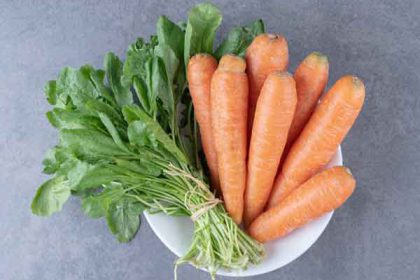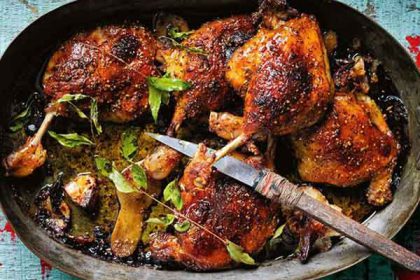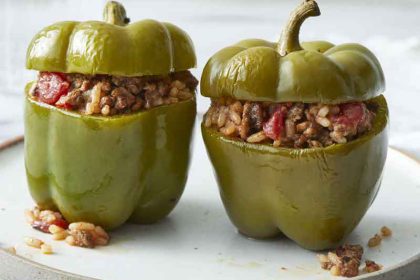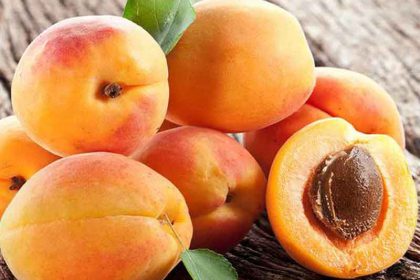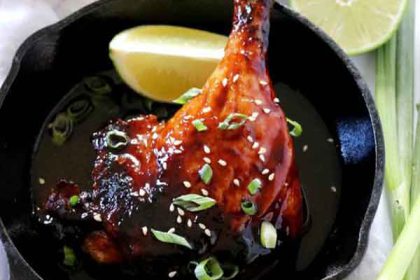Naranjilla or Lulo fruit benefits and taste and pregnancy
Naranjilla or Lulo fruit benefits
Naranjilla or Lulo fruit benefits and taste and pregnancy on Nicholi site. We hope this article will be of interest to you.
The article discusses the various benefits and side effects of consuming naranjilla fruit, which is a tropical fruit native to South America. It is a good source of vitamin C, dietary fiber, antioxidants, and beta-carotene, which may help boost the immune system, improve digestion, reduce inflammation, lower cholesterol levels, and promote healthy skin and vision. However, some people may experience mild allergic reactions or digestive discomfort, and naranjilla may interfere with certain medications or cause blood sugar fluctuations in people with diabetes. The article also provides a recipe for making naranjilla juice and describes the appearance, fruit, growing conditions, and medicinal uses of the naranjilla plant. The fruit has a unique taste that is tart, citrus-like, and slightly sour, and the texture is soft and pulpy with small seeds throughout.
Naranjilla fruit benefits
Naranjilla, also known as Lulo, is a tropical fruit that is native to the Andean region of South America. It is a good source of several vitamins and minerals and has a range of potential health benefits. Here are some of the benefits of naranjilla fruit:
Rich in Vitamin C: Naranjilla is an excellent source of vitamin C, which helps boost the immune system and protects against infections.
Antioxidant properties: The fruit contains antioxidants that protect against damage from harmful molecules called free radicals, which can lead to chronic diseases.
Digestive health: Naranjilla contains dietary fiber, which aids digestion and can help regulate bowel movements.
Lowers cholesterol levels: Naranjilla may help lower cholesterol levels, which can reduce the risk of heart disease.
Reduces inflammation: The fruit contains anti-inflammatory compounds that can reduce inflammation and improve overall health.
Promotes healthy skin: Naranjilla is rich in vitamin C and antioxidants, which are essential for healthy skin. It can help improve the texture and appearance of the skin.
Good for eye health: The fruit contains beta-carotene, which is converted to vitamin A in the body. Vitamin A is essential for maintaining healthy vision.
Overall, naranjilla fruit is a nutritious and tasty addition to a healthy diet, and incorporating it into your diet may provide several health benefits.
Naranjilla fruit side effect
There are no known serious side effects associated with consuming naranjilla fruit. However, like with any other food, some people may experience mild allergic reactions, digestive discomfort, or other side effects. Here are some potential side effects of consuming naranjilla fruit:
Allergic reactions: Some people may be allergic to naranjilla fruit. Symptoms of an allergic reaction may include itching, swelling of the face, tongue, or throat, difficulty breathing, or hives.
Digestive discomfort: Naranjilla contains dietary fiber, which can cause bloating, gas, or another digestive discomfort in some people.
Interference with medication: Naranjilla contains compounds that can interfere with some medications, particularly those used to lower blood pressure. If you are taking any medication, it is always a good idea to consult with your doctor before adding naranjilla fruit to your diet.
Blood sugar fluctuations: Naranjilla is a source of natural sugars, and consuming large amounts of it can cause blood sugar fluctuations in people with diabetes.
It is always a good idea to consume naranjilla fruit in moderation and consult with your doctor if you have any concerns about potential side effects.
Naranjilla juice
Naranjilla juice is a popular beverage made from the naranjilla fruit, also known as Lulo. The juice is easy to make and is a refreshing way to enjoy the fruit’s unique flavor. Here is a simple recipe for making naranjilla juice:
Ingredients:
4-5 naranjilla fruits
1 cup of water
Sugar or honey (optional)
Ice cubes (optional)
Instructions:
Wash the naranjilla fruit thoroughly and cut them into quarters.
Put the fruit pieces into a blender along with the water.
Blend the mixture until it becomes smooth.
Strain the mixture through a fine-mesh sieve to remove any seeds or pulp.
Add sugar or honey to taste (if desired).
Serve the juice over ice cubes (if desired).
Naranjilla juice is a delicious and nutritious beverage that is rich in vitamins and minerals. It can be enjoyed as a healthy snack or a refreshing drink on a hot day.
Naranjilla plant
Naranjilla, also known as Lulo, is a tropical plant that is native to the Andean region of South America. It belongs to the Solanaceae family, which includes other well-known plants like tomatoes, potatoes, and eggplants. Here are some facts about the Naranjilla plant:
Appearance: The naranjilla plant is a small shrub that grows up to 2-3 meters tall. It has large, heart-shaped leaves that are covered in fine hairs. The plant also produces small, fragrant flowers that are typically yellow or purple in color.
Fruit: The naranjilla plant produces a fruit that is roughly the size of a small orange. The fruit has a hard, spiky outer shell and soft, juicy flesh inside that is greenish-yellow in color. The fruit has a tart, citrus-like flavor and is often used in juices, jams, and desserts.
Growing conditions: Naranjilla plants thrive in warm, humid climates and require plenty of sunlight and well-draining soil. They are sensitive to frost and cannot tolerate temperatures below 32°F (0°C).
Cultivation: Naranjilla plants are typically grown from seeds, which are sown in pots or directly in the ground. The plants can take up to two years to start bearing fruit, but once they do, they can produce fruit for up to 15 years.
Medicinal uses: In traditional medicine, various parts of the naranjilla plant have been used to treat a range of conditions, including digestive problems, respiratory ailments, and skin conditions. However, more research is needed to fully understand the plant’s potential health benefits.
Overall, the naranjilla plant is a fascinating and useful tropical plant that produces delicious and nutritious fruit.
Naranjilla taste
Naranjilla fruit has a unique taste that is often described as a combination of citrus and pineapple with a slightly sour and tart flavor. Some people also compare the flavor to that of rhubarb or kiwi. The fruit’s texture is soft and pulpy, with small seeds throughout that are edible but somewhat crunchy. Because of its tartness, naranjilla fruit is often used to make sweetened juices, jams, and desserts. It is also sometimes used as a flavoring agent in cocktails or as a garnish for savory dishes. Overall, the taste of naranjilla is quite distinct and enjoyable, and it is a popular ingredient in many Latin American cuisines.
Naranjilla in english
Naranjilla is the Spanish name for a fruit that is also known by other names in different parts of the world. In English, it is commonly referred to as Lulo, which is the name used in Colombia and other Andean countries where the fruit is popular. Other names for naranjilla/Lulo include little orange, naranjilla tomato, and Quito orange.
Naranjilla in pregnancy
Naranjilla fruit is generally considered safe to consume during pregnancy when consumed in moderation as part of a balanced diet. It is a good source of vitamin C, which is important for a healthy immune system and the development of the baby’s bones, teeth, and skin. However, pregnant women should also be aware of a few considerations when it comes to consuming naranjilla:
Allergic reactions: Some people may be allergic to naranjilla, and if you experience any symptoms of an allergic reaction after consuming the fruit, you should seek medical attention immediately.
Blood sugar levels: Naranjilla contains natural sugars, which can cause blood sugar fluctuations in some people. Pregnant women with gestational diabetes or other blood sugar issues should monitor their intake of naranjilla to ensure that they are not consuming too much sugar.
Interference with medication: Naranjilla contains compounds that can interfere with some medications, particularly those used to lower blood pressure. Pregnant women who are taking any medication should always consult with their doctor before adding Naranjilla to their diet.
Overall, naranjilla fruit is a healthy addition to a balanced diet during pregnancy, but as with any other food, it is important to consume it in moderation and to be aware of any potential allergic reactions or interactions with medication.

